Russian Startup Tests Cow Neuro-Implants to Boost Milk Production

Russian tech startup Neiry has become the first in the world to insert neuro-implants into cow brains to increase milk yield when all other methods are exhausted. Neiry announced its intention to begin testing its neuro-implants on live cows back in April. Last month, its specialists performed surgeries on five cows to fit them with […]
Avatar-Like Capsule Interface Allows Anyone to Control a Robot Remotely
Japanese tech company H2L has created a capsule-like device that allows anyone to remotely control a robotic avatar just like in James Cameron’s namesake blockbuster. Imagine sitting comfortably in one of those state-of-the-art massage chairs and being able to perform most of your daily house chores by remotely controlling a robotic avatar. it sounds like […]
Chinese Scientists Unveil Mosquito-Sized Surveillance Drone
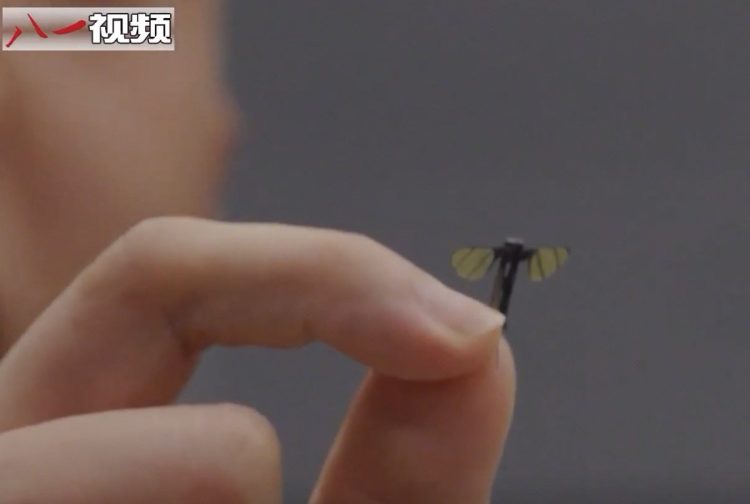
Scientists at a robotics laboratory at the National University of Defence Technology (NUDT) in central China’s Hunan province recently unveiled a tiny insect-like drone suitable for surveillance and reconnaissance missions. Revealed to the general public on CCTV 7 (China Central Television’s military channel), the tiny drone featured flapping wings and hair-thin legs, making it almost […]
Aether Clock OC 020 – The World’s Most Accurate Clock
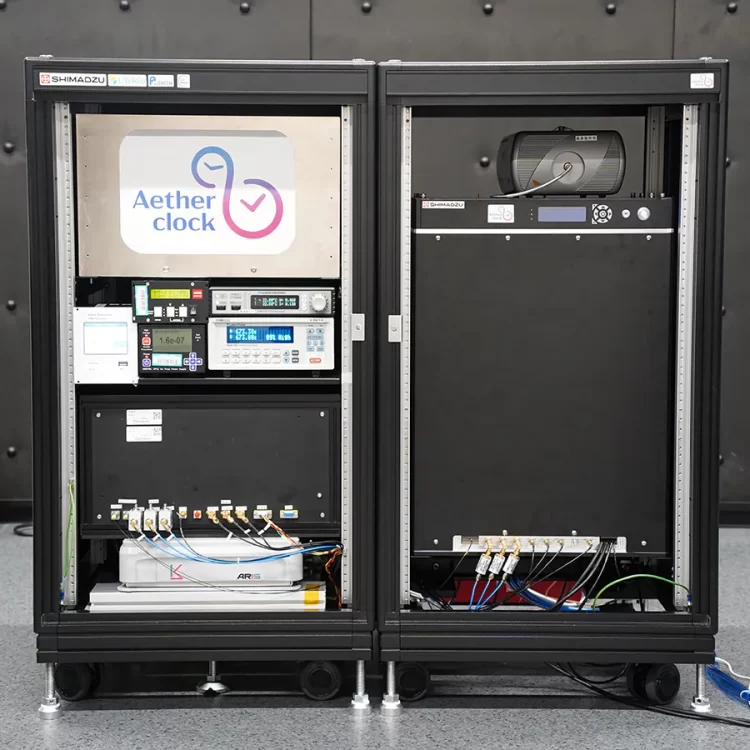
Created by Japanese manufacturer Shimadzu Corp, the Aether Clock OC 020 is a strontium optical lattice clock advertised as the most accurate clock in the world and sold for over $3 million. The world’s most accurate clock looks less like you’d imagine and more like a small refrigerator. Its rectangular case is around three feet […]
Company Unveils World’s First Biological Computer Based on Human Brain Cells

The CL1 is an innovative biological computer that combines living cultured human brain cells with silicon hardware in an advanced computer case that also acts as life-support for the cells. Australian biotech company Cortical Labs recently made international news headlines by announcing what it calls “the world’s first code deployable biological computer.” The innovation behind […]
Chinese Police Introduces Autonomous Spherical Patrol Robot
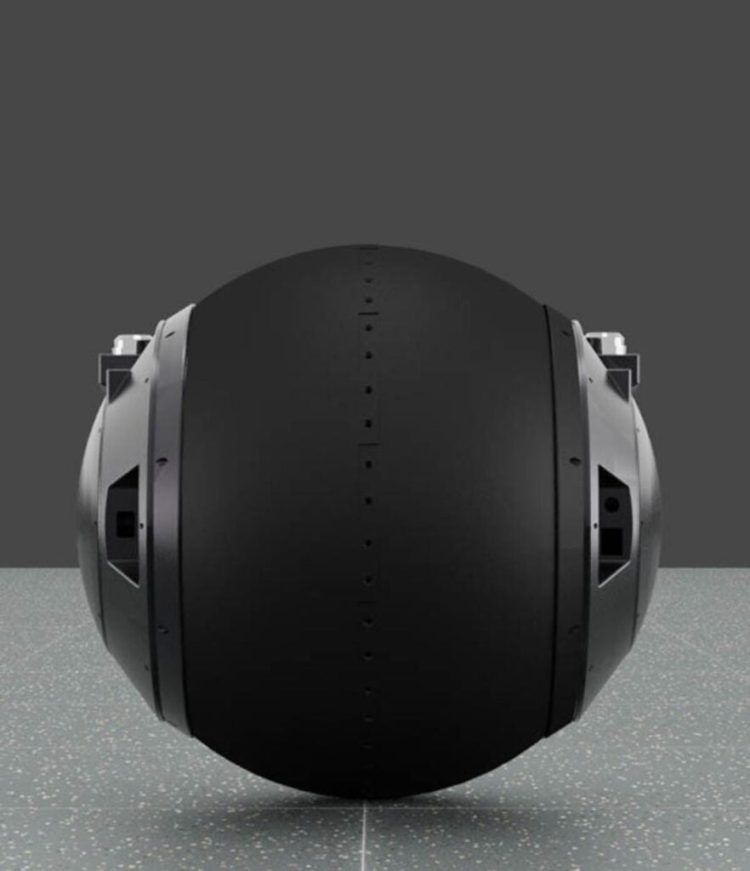
Viral videos shared on Chinese social media show human law enforcement patrolling the streets alongside AI-powered spherical robots capable of detecting and stopping crime. A couple of months ago, Chinese robotics company Logon Technology unveiled the RT-G autonomous spherical robot, a “technological breakthrough” designed to assist and even replace humans in dangerous environments and situations. […]
Death Clock – The Controversial AI-Powered App That Predicts When You Die

Death Clock is an innovative app that uses artificial intelligence to accurately predict a person’s life expectancy based on a number of factors like diet, exercise level and sleeping habits. We’re all going to die someday, but wouldn’t it be nice to have an idea of when that will be? Many people would probably answer […]
London Startup Launches World’s First AI-Powered Knee Airbag
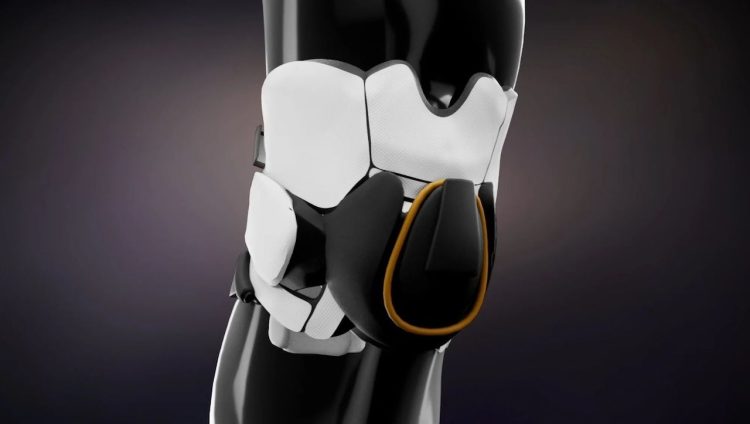
Ligament tears occur about 60 milliseconds, but a startup claims to have created a knee airbag that inflates in just 30 milliseconds, enough to prevent ACL and MCL injuries. Hippos, a startup founded by Kylin Shaw and Bhavy Metakar, recently raised a $642,000 pre-seed round from investors Possible Ventures and Silicon Roundabout Ventures for their […]
Robot Dog Becomes First Robot to Complete a Full Marathon on a Single Charge
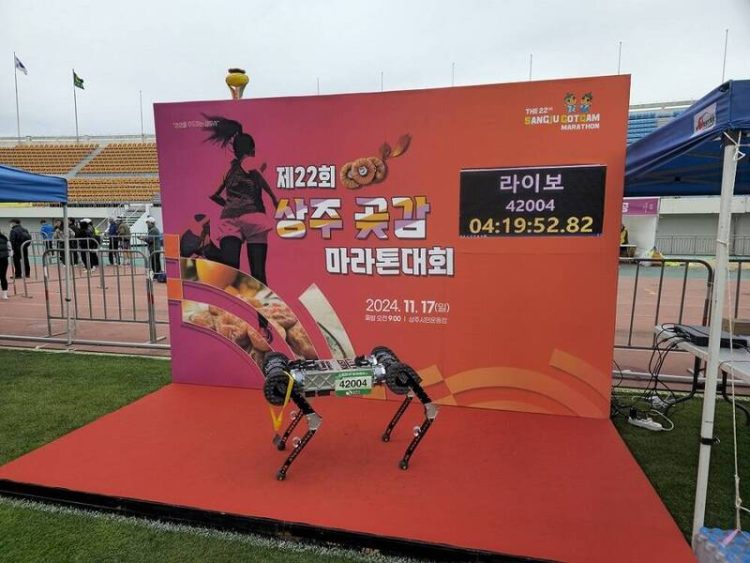
Laibo 2, a quadruped robot developed in South Korea, has become the first robot to ever complete a full marathon on a single charge after running the 42.195-km Sangju Dried Persimmon Marathon. Developed by Professor Hwangbo Je-min and his team at the Korea Advanced Insitute of Science and Technology, Laibo 2 is an advanced quadruped […]
Smart Mouthpiece Turns Your Smartphone into a Playable Musical Instrument

The Zefiro is a clever little MIDI controller that plugs into the USB-C port of your smartphone essentially turning it into a playable musical instrument. Developed by Italian startup ARTinoise, the Zefiro is one of the most ingenious gadgets we’ve seen in quite a while. The small, colorful mouthpiece may look like a vape, but […]
Using the World’s Brightest Flashlight Feels Like You’re Holding the Sun in Your Hand

The aptly named IMALENT MS32 Brightest Flashlight is capable of outputting up to 200,000 lumens of light, more than any other commercially available flashlight. Imagine having the ability to turn night into day in the palm of yourself and you kind of get a sense of what using the world’s brightest flashlight feels and looks […]
Student Caught Using Artificial Intelligence to Cheat on University Entrance Test

A Turkish university candidate was recently arrested after being caught using an AI-powered system to obtain answers to the entrance exam in real-time. On June 8th, thousands of high school graduates took the Basic Proficiency Test (TYT), the first session of the Higher Education Institutions Examination (YKS) in Isparta, but one incident made international news […]
Japanese Company Officially Launches Taste-Enhancing Smart Spoon

Japanese tech company Kirin Holdings recently unveiled the commercial version of its taste-enhancing spoon, dubbed Elecispoon, which improves taste buds’ perception of salt, thus making food taste better. We originally covered Kirin’s taste-enhancing technology a couple of years ago. The company’s researchers had teamed up with scientists at Meiji University to develop a line of […]
Innovative Mobile Bridge Allows Workers to Pave Roads Without Stopping Traffic

Switzerland’s road maintenance authority has developed an ingenious mobile bridge that allows the paving of public roads without the need to stop traffic on the affected lanes. Traffic jams are a necessary evil when it comes to road maintenance, and despite experts’ best efforts to come up with a solution to this logistic problem, motorists […]
Meet Lily Rain, the Virtual Travel Model Earning Over $20,000 a Month

Lily Rain is a popular AI-created digital model that earns her creators around $20,000 a month on platforms like Fanvue simply by appearing in stunning travel photos. It’s no secret that AI models are killing it online these days. Fitness model Aitana Lopez has over 300,000 followers on Instagram and she’s not even a real […]
